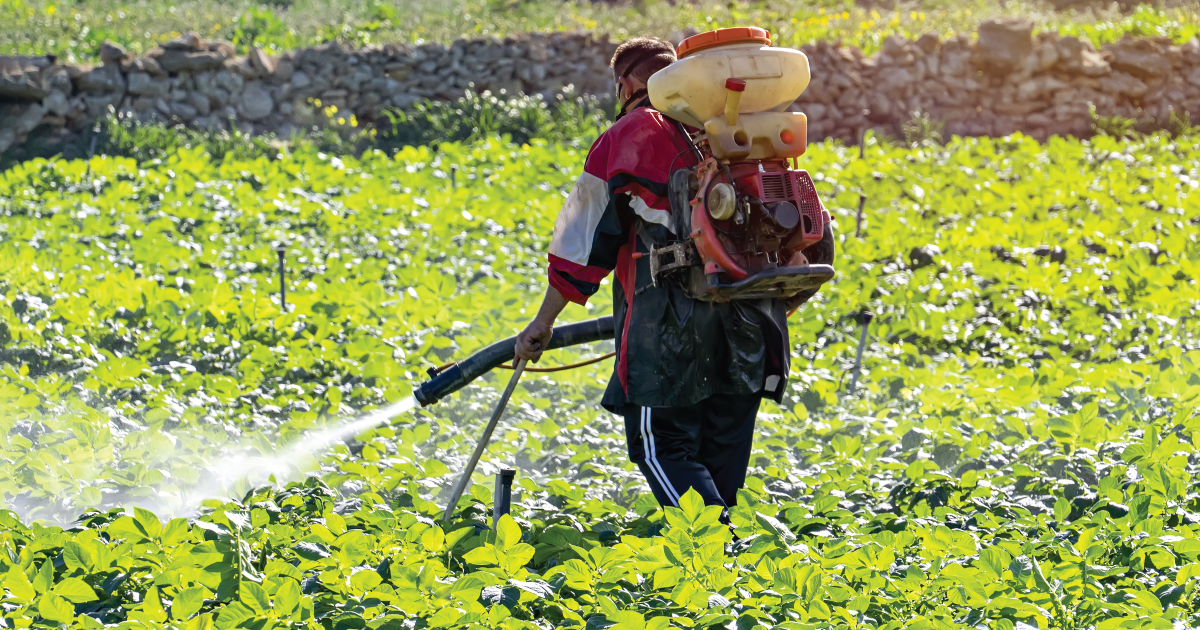
The Department of Yes
Lianne Sheppard was sitting in her office on a Friday afternoon when a colleague approached her with an old study on the safety of chlorpyrifos. Throughout the 1980s and 1990s, the Environmental Protection Agency had used the study to set a safety level for the exposure to the pesticide, which is widely used on fruits and vegetables.
June 30, 2021 | Source: The Intercept | by Sharon Lerner
How Pesticide Companies Corrupted the EPA and Poisoned America
Lianne Sheppard was sitting in her office on a Friday afternoon when a colleague approached her with an old study on the safety of chlorpyrifos. Throughout the 1980s and 1990s, the Environmental Protection Agency had used the study to set a safety level for the exposure to the pesticide, which is widely used on fruits and vegetables. But when Sheppard, a professor and biostatistician at the University of Washington, looked at the original research that was the basis for the paper and the safety thresholds that were calculated from it, she realized that the underlying data didn’t support its conclusion.
“I tried to reproduce their analysis, and I couldn’t,” Sheppard said of the study, which was commissioned by Dow Chemical, the maker of chlorpyrifos, in the late 1960s. The research was conducted by an Albany Medical College professor named Frederick Coulston, who exposed 16 incarcerated men to the pesticide, dividing them into four groups — a low-, medium-, and high-dose group as well as a control — and recording their nervous system responses. The resulting paper, which was written by Dow statisticians based on Coulston’s data, concluded that at the highest dose the pesticide depressed the activity of cholinesterase, an enzyme necessary for neuromuscular function. Sheppard was able to confirm that finding. But while Dow concluded that the middle- and low-range doses had no effect, Sheppard found effects in both groups. She also saw how Dow had used the paper to help the EPA set an incorrect “no-effects level,” or NOEL, which is critical for calculating a safety threshold.
